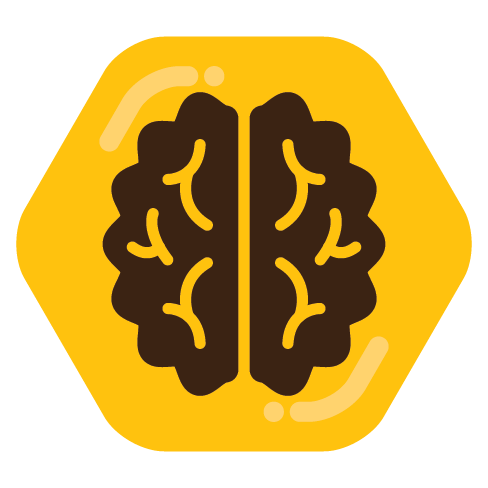

The headline is misleading. A vacant secondary property that is maintained but boarded up is not the same as a family’s primary residence, which “family home” implies. No one has become unhoused due to the demolition.
Doesn’t change anything about how messed up it is to demolish the wrong property, though.







Following that concept, a platform called Ripple where individual posts are called Pebbles and responses/reshares are called Waves wouldn’t be half-bad, branding-wise.